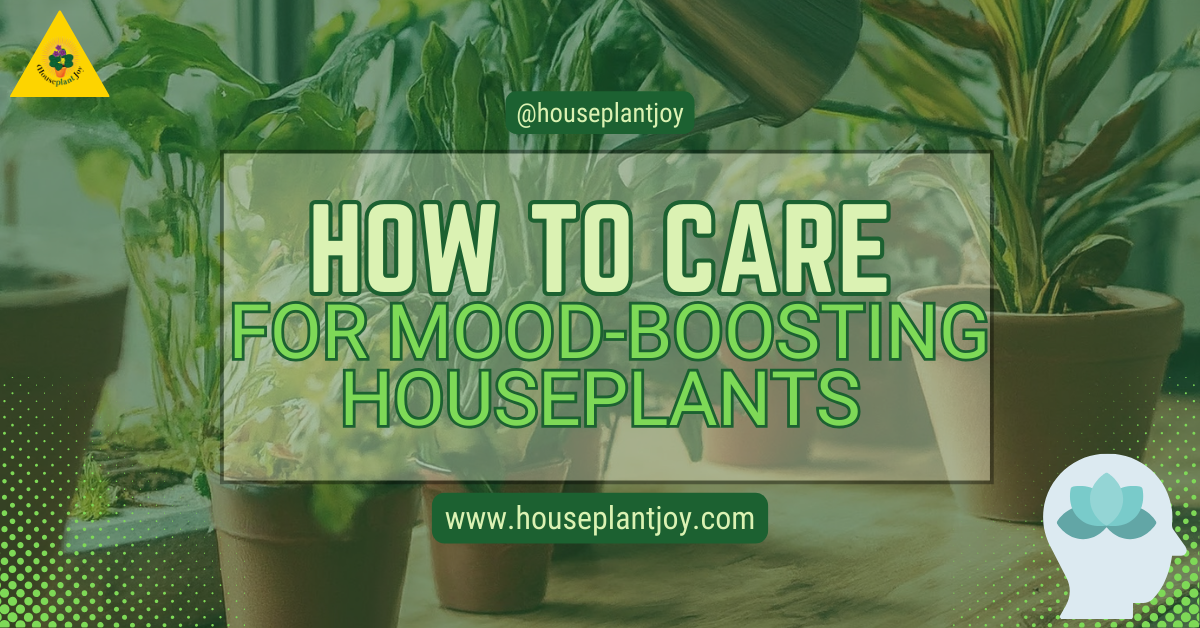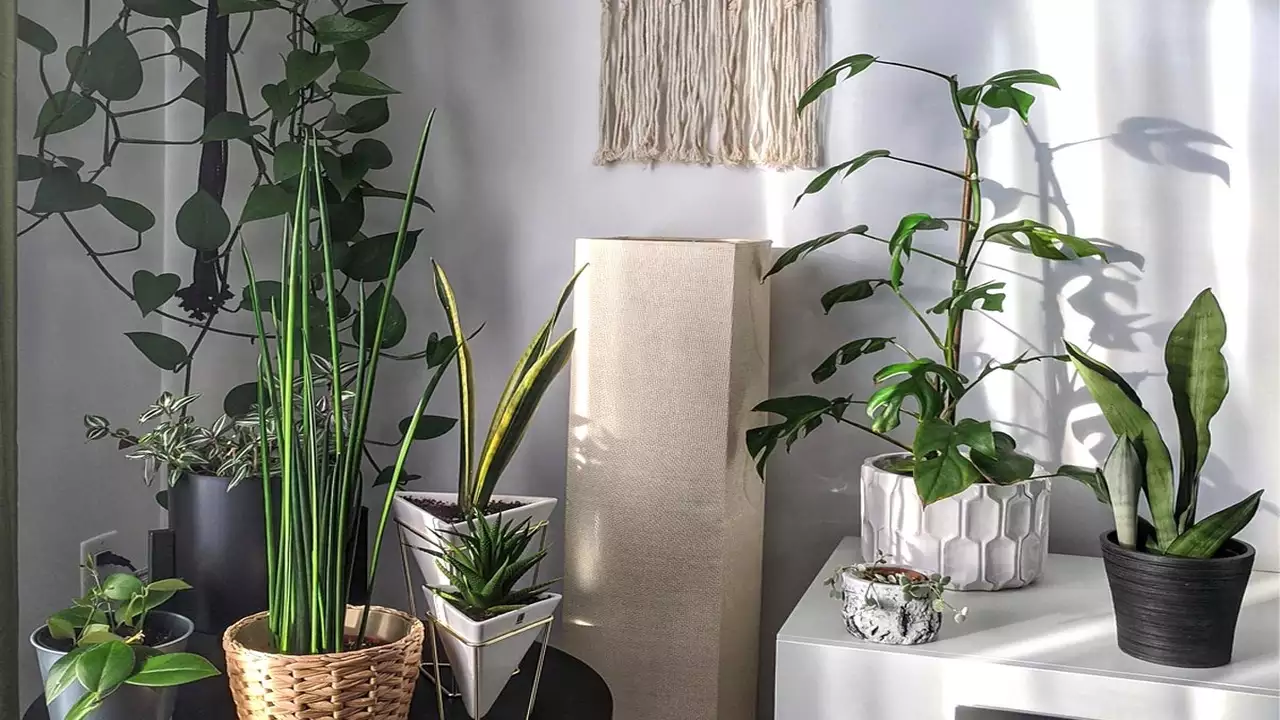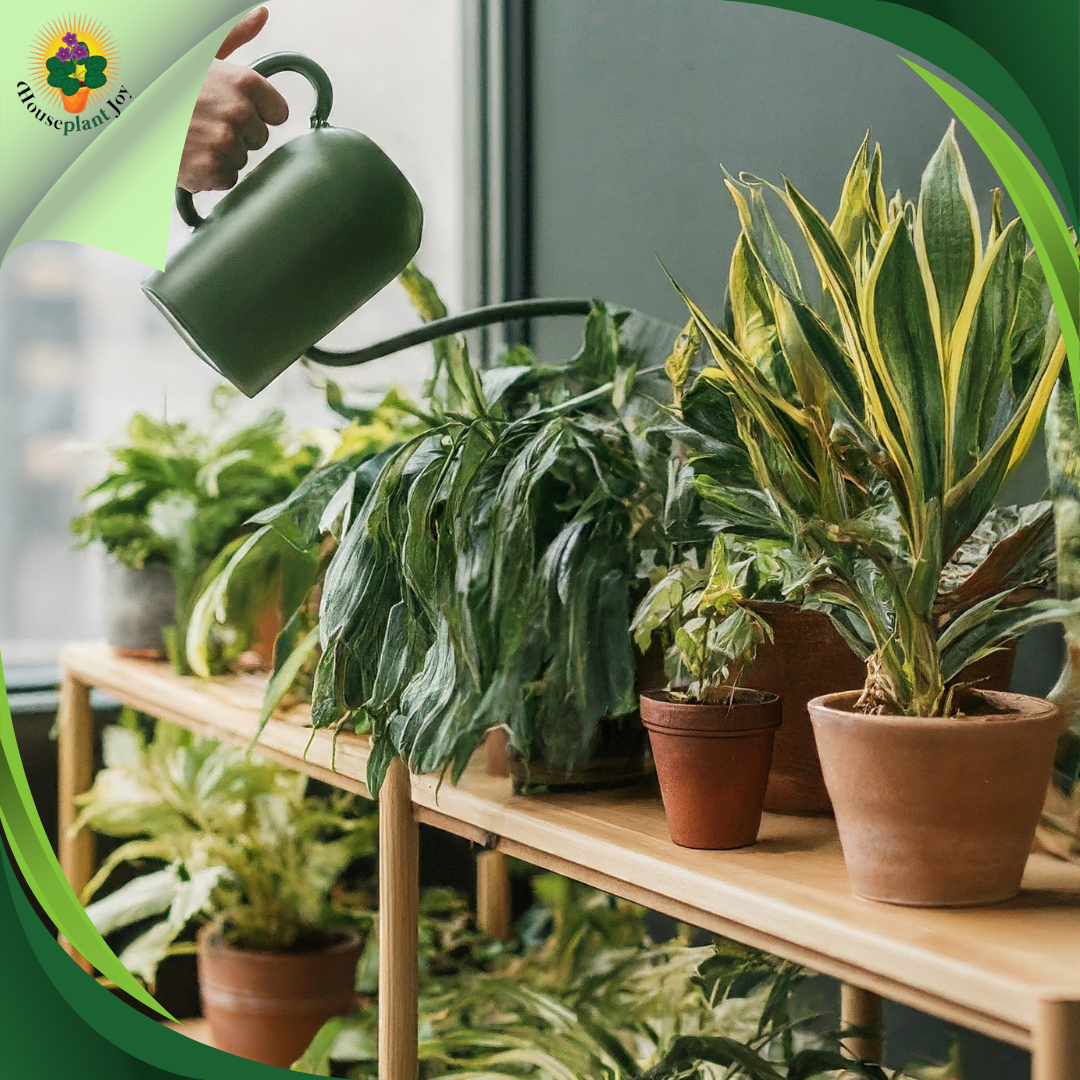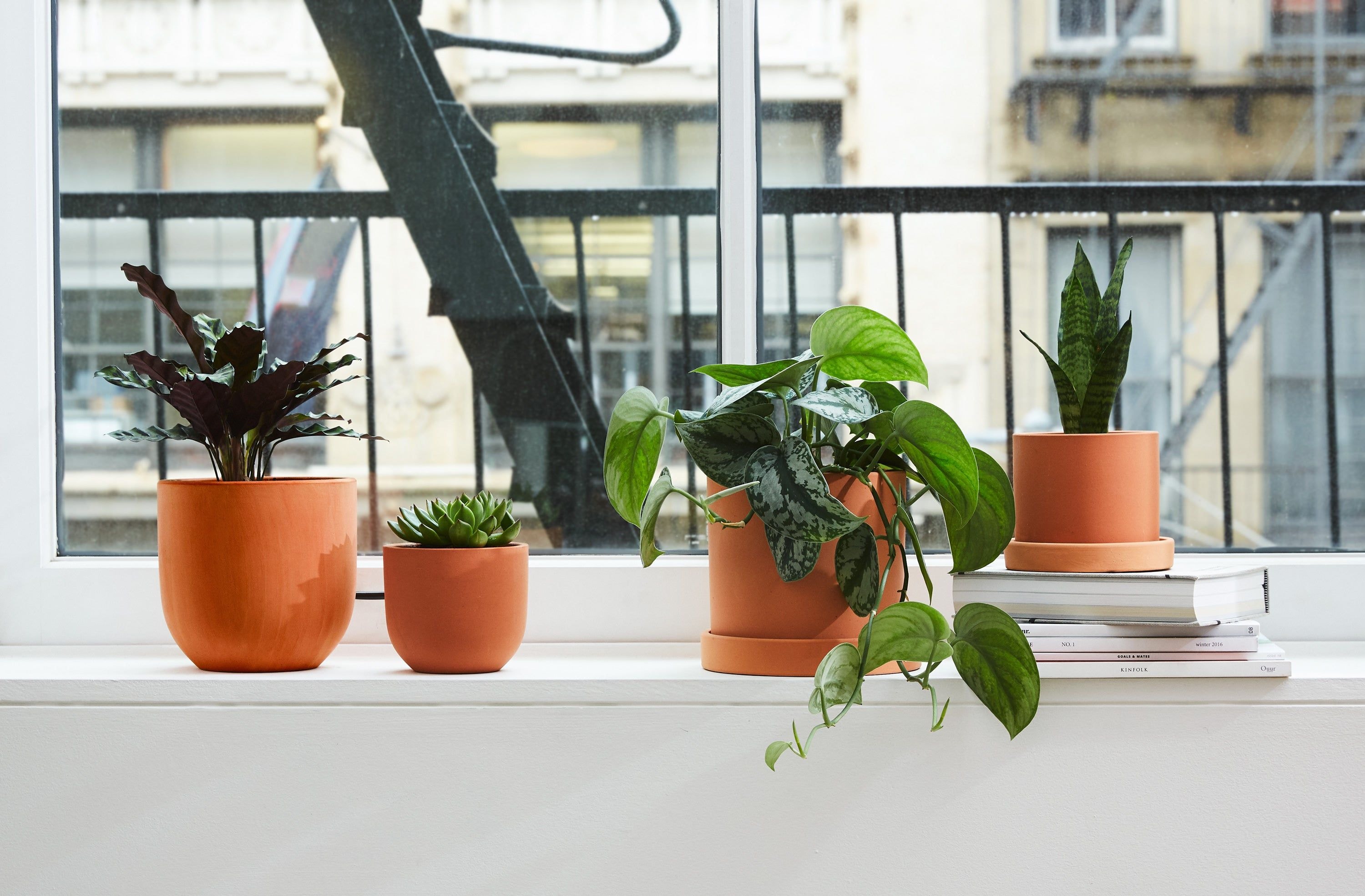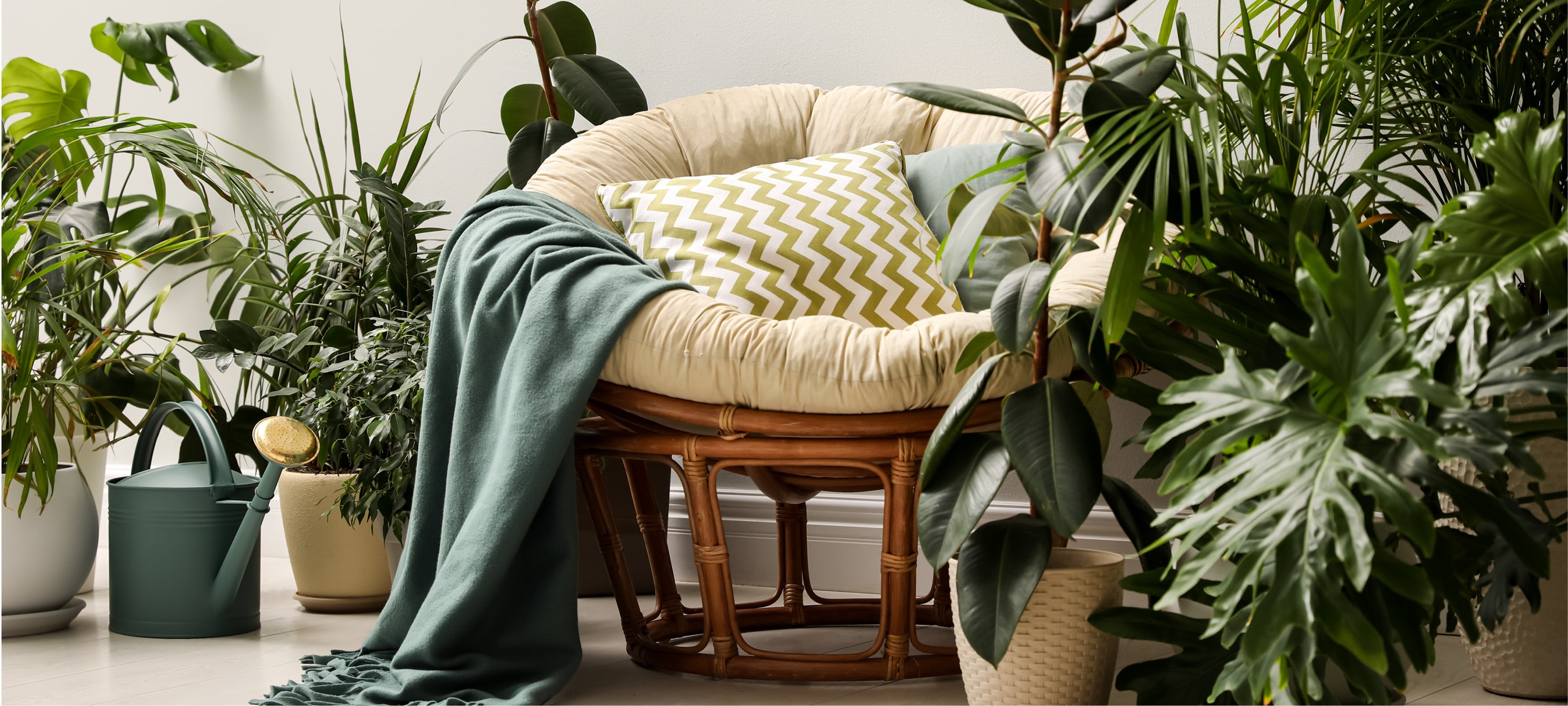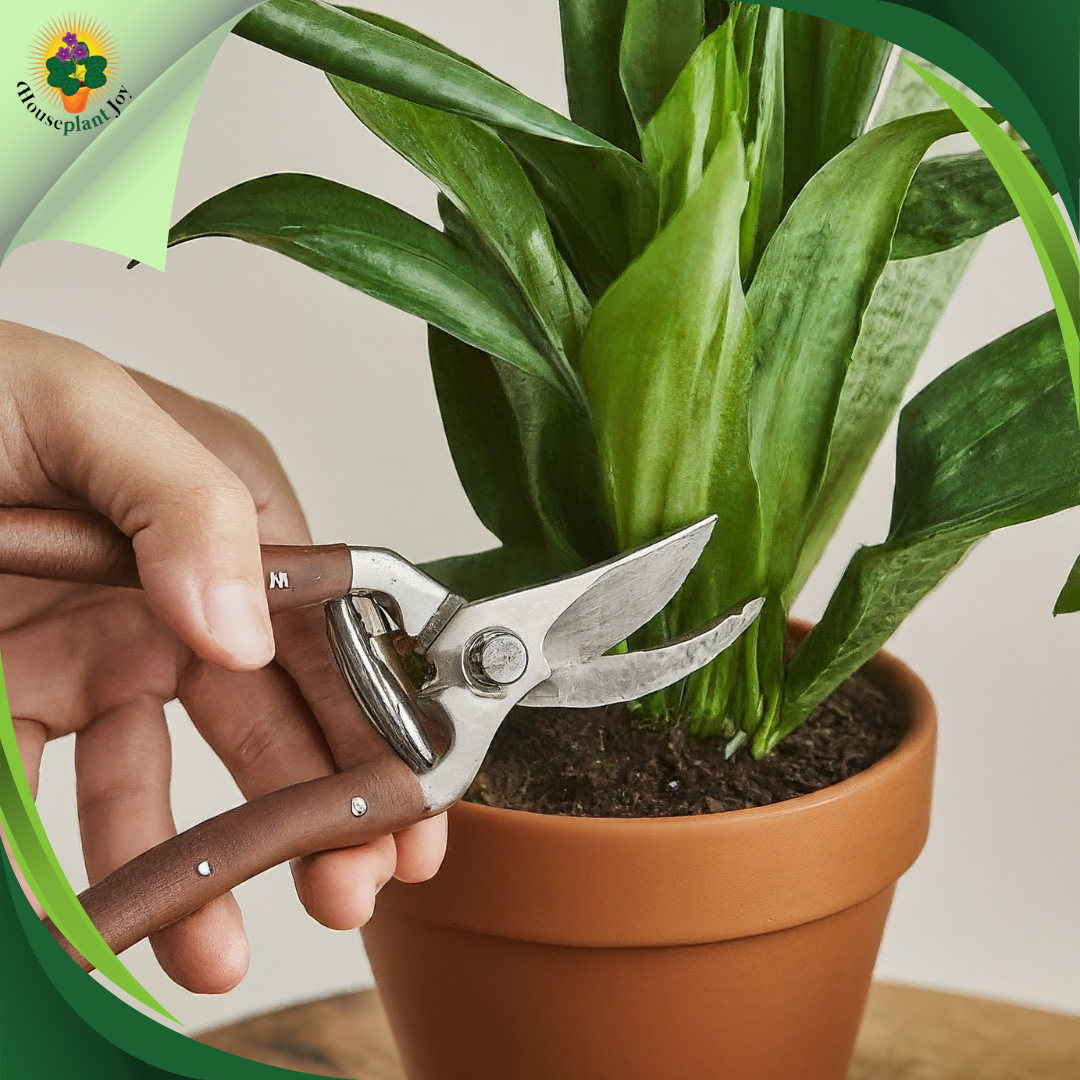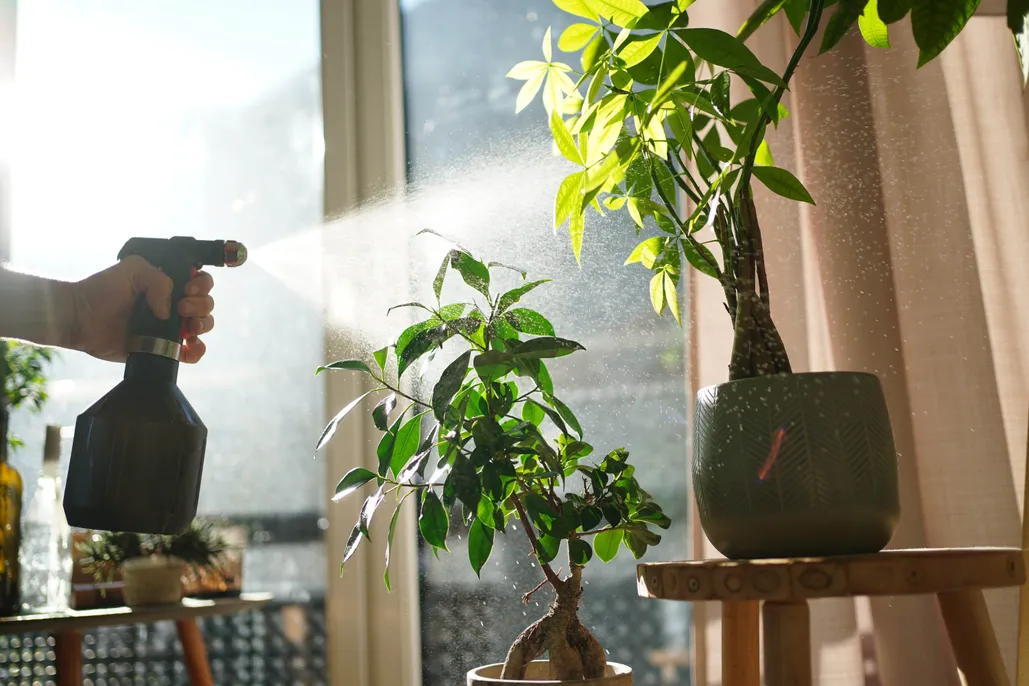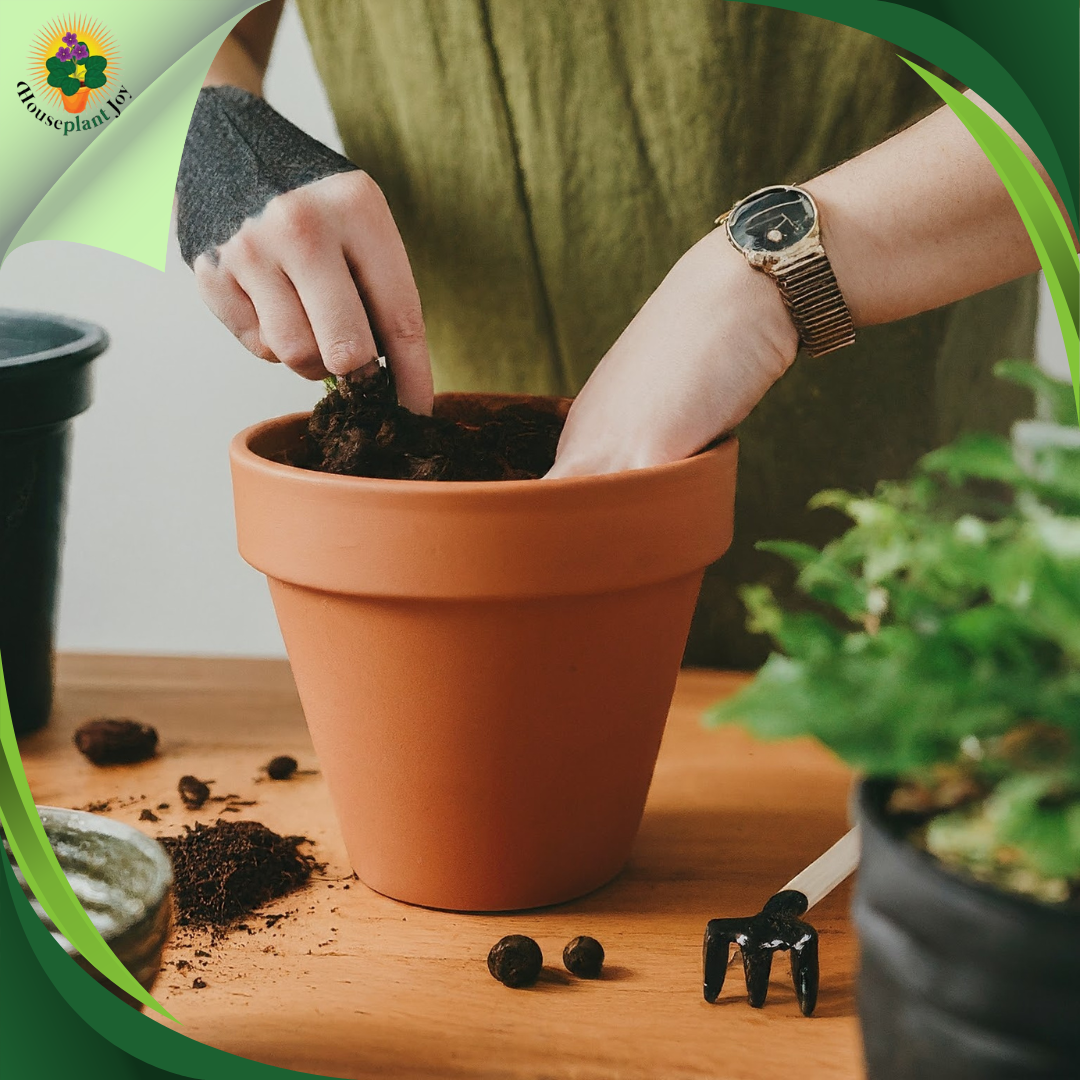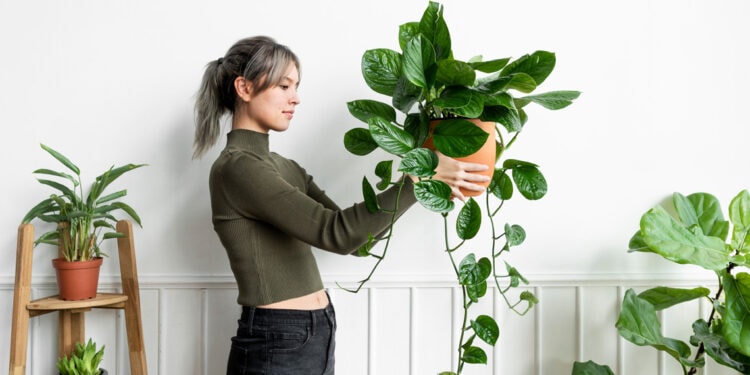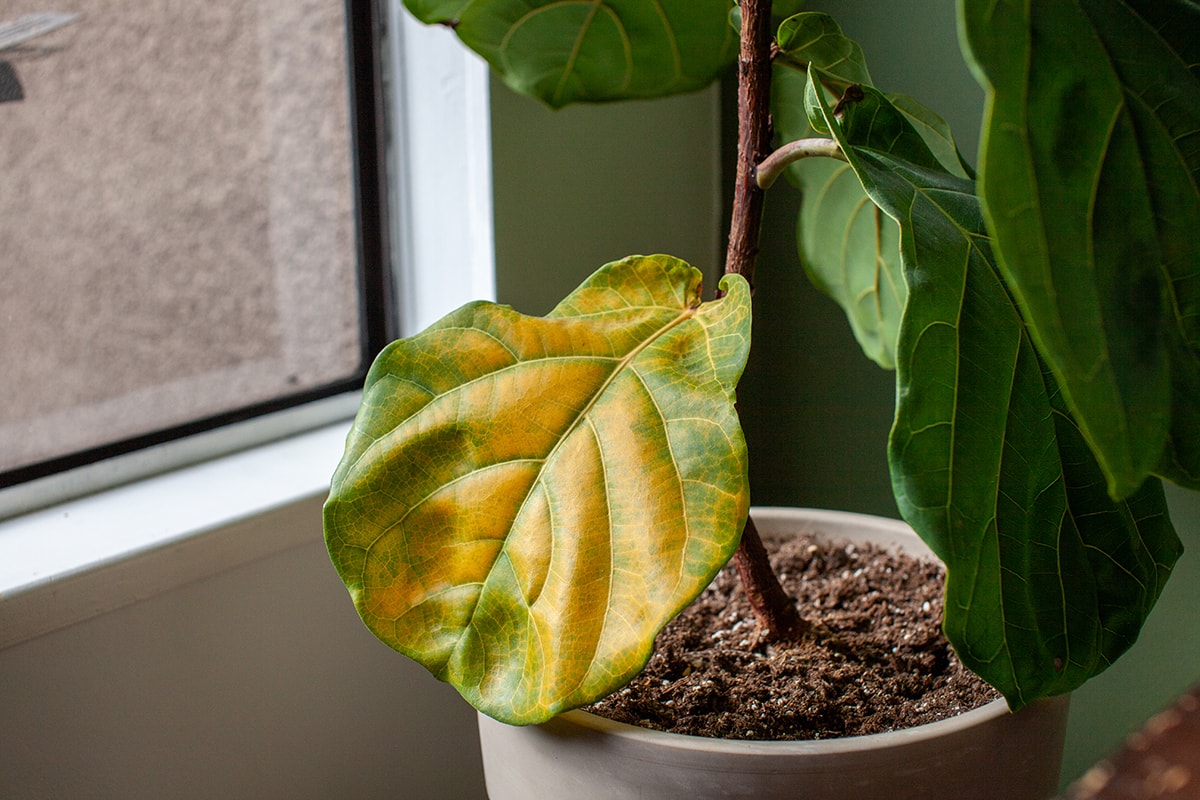HousePlantJoy is supported by our audience. When you purchase through one of our links, we may earn a small affiliate commission. As an Amazon Associate I earn from qualifying purchases. Your cost is not affected.
==================
Ever wonder how to care for mood-boosting houseplants and why a room filled with greenery instantly feels more inviting? It’s not just in your head—plants can enhance our mood and create a serene atmosphere. But here’s the thing: to fully enjoy the benefits of these mood-boosting houseplants, you need to know how to care for them properly. Whether you’re looking to reduce stress, improve your sleep, or add a little life to your space, this guide will show you everything you need to keep your leafy friends thriving and your spirits high. Ready to turn your home into a green oasis? Let’s dive in!
How to Care for Mood-Boosting Houseplants: Transform Your Space and Lift Your Spirits
Ever notice how a room with plants feels better? There’s some cool science behind that feeling. Plants do more than sit there looking pretty; they can boost your mood. Researchers have found that spending time around plants can reduce stress levels. They help lower cortisol, the stress hormone, and can even improve concentration. Those green buddies are like nature’s stress balls.
Specific varieties are known for their beneficial properties when it comes to how to care for mood-boosting houseplants. Aloe vera, for instance, isn’t just great for sunburns; it can help purify the air and improve your overall vibe. Lavender, with its calming aroma, can create a relaxing atmosphere. Then there’s the snake plant, which releases oxygen at night, helping you sleep better.
Plus, houseplants can make your environment more aesthetically pleasing, which can have a positive impact on your mental health. It’s like giving your space a small makeover that pays off in significant ways. And the act of caring for them?
It gives a sense of responsibility and purpose – both critical for mental well-being. So, consider adding a new green friend to your home next time you feel down. The benefits are real, and who doesn’t want a natural mood booster?
Key Takeaways
- Select houseplants that match your living space’s light conditions and humidity levels. For instance, succulents and spider plants thrive in bright light, while pothos and ZZ plants do well in low-light areas.
- Tailor your care routine to each plant’s specific requirements, including watering, soil type, and temperature. Plants like the snake plant and peace lily are low-maintenance and beneficial for air quality, while others might need more attention to thrive.
- Ensure your plants receive the right amount of light and humidity. Use a humidifier or mist your plants regularly if needed, and avoid placing them near drafts or heating vents to maintain a stable temperature.
- Regularly check your plants for signs of issues such as pests, overwatering, or insufficient light. Address problems promptly with appropriate solutions like adjusting watering schedules or treating pests with natural remedies.
- Make plant care a mindful practice that enhances your well-being. Establish a routine, appreciate the details of your plants, and enjoy the calming effects of tending to them. This connection not only benefits your plants but also supports your mental health.
Selecting the Right Houseplants for Your Needs
Picking the perfect plant isn’t just about what looks good; it’s about finding the right match for your space and lifestyle. In this guide on how to care for mood-boosting houseplants, we’ll break down how to choose wisely.
Finding the Perfect Plant Match
First off, think about your living environment. You’re in luck if you’ve got a space with lots of natural light. Plants like succulents and spider plants thrive in bright conditions. Consider low-light champions like Pothos or the ZZ plant if your place is more shady.
Next up, let’s talk about care requirements. Some plants need more TLC than others. If you’re a newbie or busy, go for low-maintenance plants. Snake plants and peace lilies are great for this; they can handle a bit of neglect and still look fabulous.
Let’s remember humidity and air quality. Some plants, like ferns and air plants, love humidity and can help improve the air in your home. These can be perfect if you live in a dry climate or want to add freshness to your space. For a quick-start guide, here are some top mood-boosting houseplants:
1. Aloe Vera: Easy to care for and great for air purification.
2. Lavender: Calming scent and beautiful appearance.
3. Snake Plant: Low-maintenance and improves air quality.
4. Peace Lily: Excellent at removing toxins from the air.
5. Spider Plant: Hardy and great at improving humid environments.
So there you have it. Matching a plant to your environment and lifestyle ensures you get the most out of your leafy companion. Happy plant hunting!
Creating an Optimal Indoor Environment
So you’ve got your new plant babies, now what? It’s all about creating a space where they can thrive and boost your mood. Here’s how to care for mood-boosting houseplants and set things up. First, think about placement. Different plants have different light needs. Place those sun-loving succulents near a window with plenty of direct light. For low-light plants like the ZZ plant, a spot away from the window will do just fine.
Humidity and Air Flow Essentials
Humidity is another biggie. Many houseplants, especially those originally from tropical climates, benefit from extra humidity. You can use a humidifier or place a water tray near your plants. Even a daily misting can make a difference.
Air quality matters, too. Plants like peace lilies and snake plants help purify the air but also need good air circulation to stay healthy. Make sure your plants aren’t too crowded together, and let them breathe.
Optimizing Soil and Temperature
Let’s pay attention to the soil. Different plants have different soil needs. Succulents need well-draining soil, while ferns prefer something that retains moisture. Knowing what your plants like is critical to keeping them healthy. And finally, think about temperature.
Most houseplants prefer a consistent temperature range. Avoid placing them near drafty windows or heating vents to keep them happy. By tailoring your indoor environment to your plant’s needs, you’re setting the stage for them to thrive and giving you those sweet mood-boosting benefits.
Did You Know?
Root rot typically occurs due to overwatering or poor drainage. To handle root rot, remove the affected plant from its pot, trim away any rotten roots, and repot the plant in fresh, well-draining soil. Ensure that the new pot has adequate drainage to prevent future issues.
Routine Care and Maintenance Tips
Keeping your houseplants happy and healthy is like having a pet—they need regular care, but it doesn’t have to be complicated. Here’s how to care for mood-boosting houseplants and nail the basics.
Watering and Feeding Tips
Watering is where many people trip up. Overwatering is the most common mistake. Most plants prefer their soil to dry out a little between waterings. Stick your finger about an inch into the soil – if it’s dry, it’s time to water. Use pots with drainage holes to prevent water from sitting at the bottom.
Feeding your plants is another key part. Most indoor plants do well with a balanced, water-soluble fertilizer. Feed them once a month during the growing season (spring and summer). You can ease up in the fall and winter when plants usually go dormant.
Keeping Plants Healthy
Let’s talk about plant health. Look for signs of trouble, like yellowing leaves or slow growth. These could indicate issues like pests, overwatering, or insufficient light. Catching problems early makes them easier to fix. Pruning and repotting are also essential. Prune away dead or yellow leaves to keep your plants looking good and to encourage new growth.
Most houseplants benefit from being repotted every 1-2 years. When repotting, choose a pot slightly larger than the current one and refresh the soil. Caring for your plants doesn’t have to be a chore. A little attention goes a long way in keeping your green friends in top shape so they can keep boosting your mood daily.
Connecting with Your Plants
Caring for plants isn’t just about keeping them alive; it’s an opportunity to slow down and connect with nature, even indoors. By learning how to care for mood-boosting houseplants, you can make plant care a mindful routine that does wonders for your mental health.
Establishing a Plant Routine
Start by setting aside a specific time for tending to your plants. This could be in the morning or evening – whenever you have a few moments. Doing this regularly creates a calming ritual that you can look forward to.
While you’re watering or pruning, focus on the task at hand. Notice the texture of the leaves, the smell of the soil, and the color of the blooms. These little details can help ground you in the present moment, making plant care a mindfulness practice.
Talking to your plants might feel a bit silly, but it can actually help you bond with them. Some studies suggest that plants respond positively to sound, including your voice. So go ahead, tell your fern about your day!
Elevate Your Plant Care Experience
Incorporate other relaxing elements into your plant care routine to enhance the experience. Play soothing music, light a candle, or sip your favorite tea. Making your plant-time enjoyable ensures you’ll stick with it.
Connecting with plants on a deeper level can also foster a sense of responsibility and accomplishment. Watching them grow and thrive under your care is incredibly rewarding, and it can boost your self-esteem and overall mood.
Troubleshooting Common Issues
Even with the best care, things can sometimes go wrong with your houseplants. Knowing how to care for mood-boosting houseplants and how to identify and fix common issues can save your plants and keep your mood high.
Plant Pests and Watering Issues
Pest problems are common. If you notice tiny bugs or sticky residue on your plant’s leaves, you might deal with pests like aphids, spider mites, or mealybugs. A gentle way to tackle these is by wiping the leaves with water and a few drops of mild dish soap. Neem oil works great, too. Watering mishaps are big offenders.
Overwatering can lead to root rot, making the plant’s leaves yellow and mushy. Underwatering, on the other hand, can make the leaves crispy and brown. If you’ve overwatered, let the plant dry out a bit before the next watering. Please give them a good soak for underwatered plants and then adjust your watering schedule.
Plant Stress Solutions
Sometimes, your plants can look stressed with no apparent cause. This might be due to temperature fluctuations, poor light conditions, or the plant adjusting to a new spot. Ensure your plant’s environment is stable and meets its needs as closely as possible.
If your plant is wilting or losing leaves, it might need repotting. Roots that are too cramped can’t absorb nutrients effectively. Choose a pot that’s a size or two larger and refresh the soil to give the roots room to grow.
Keeping an eye on your plants and addressing issues as soon as they appear can prevent more significant problems. A little troubleshooting can go a long way in keeping your green friends and your mood in top shape.
Elevate Your Space: The Benefits of Expert Care for Mood-Boosting Houseplants
Caring for mood-boosting houseplants is more than just a hobby—it’s a transformative practice that enhances your living space and uplifts your spirit. How to care for mood-boosting houseplants involves understanding and addressing each plant’s unique needs, such as light, humidity, soil, and temperature, to create an environment where both plants and people thrive. With the right selection and tailored care routine, your home can evolve into a green sanctuary that adds beauty and promotes emotional well-being.
Attentive plant care ensures that your leafy friends flourish and contributes to your sense of achievement and tranquility. Embracing this green thumb journey allows you to enjoy a well-tended indoor garden’s aesthetic and psychological benefits. So, take the time to nurture your plants and savor the rewards of a revitalized space that genuinely enhances your mood.

